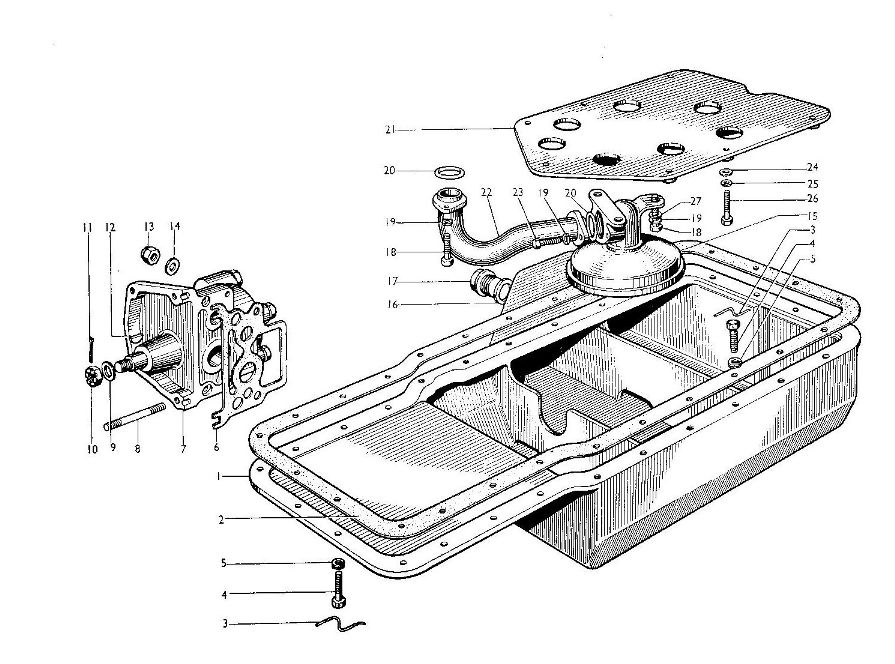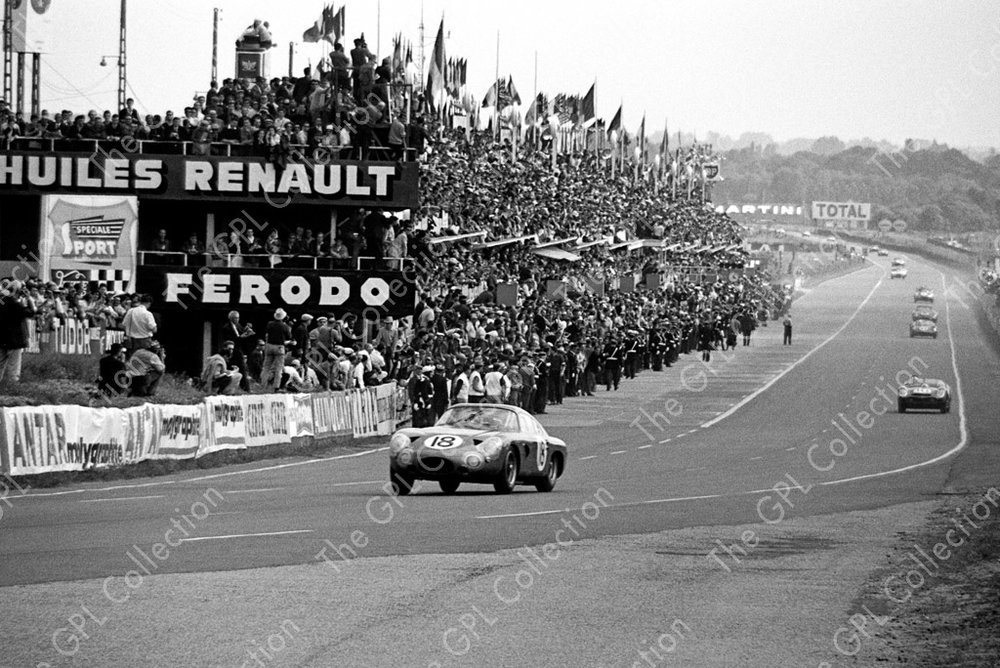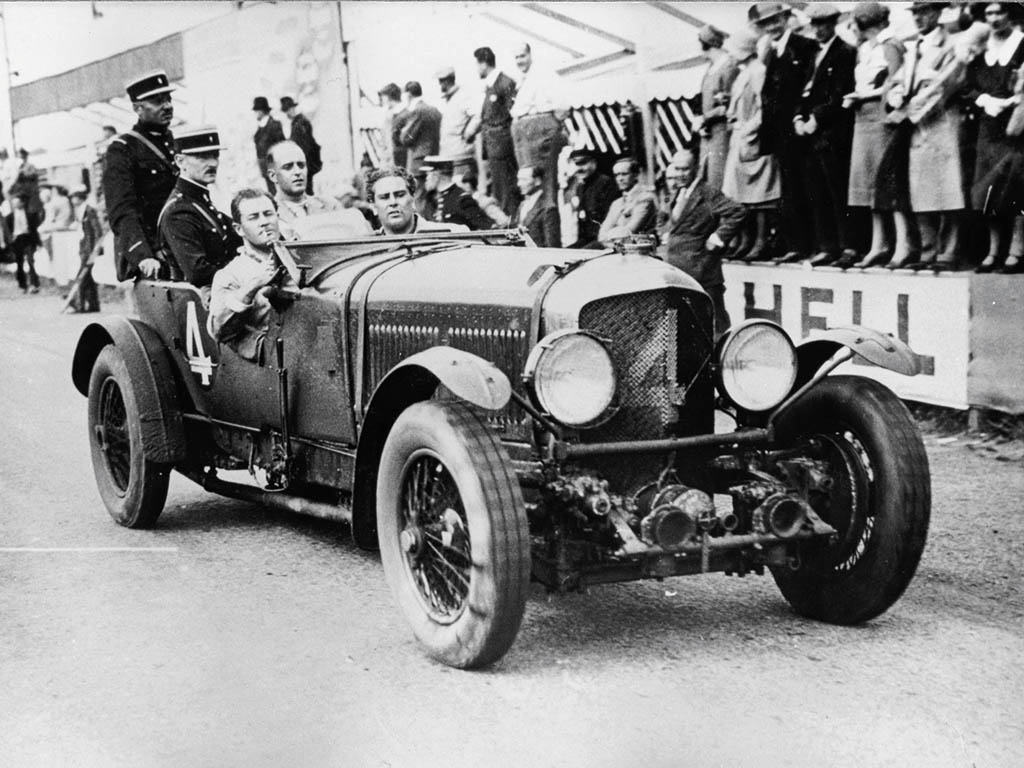It is not the temperature in the oil tank that matters, but at the hottest point in the engine.
If the oil that is flowing from the head to the camshaft is at 150 °C, an oil cooler is not going to save it.
Putting burnt toast in the freezer won't make it edible.
There are a few things that can be done to make the cyl. head run cooler.
This is an old article from Alan Goldwater, but it is still relevant :
Another reason why a std 850 cannot be ridden fast over long distances is the exhaust.
It will inevitably crack, rattle loose, or fall off all together.
During the 80-ties, I used to visit the Bol d'Or 24h at the Paul Ricard race track, France
and ride back on Monday to my place in Belgium:
1100 km in around 10 h riding time. I always came home with cracks in the exhaust pipes, till I bolted the mufflers rigid to the engine cradle, and did away with the rose nuts.
5500 rpm "all day long" .. Really?
In my experience, a reliable max cruising speed is more like 4500 rpm.
And even then, don't think too much about all those parts rattling inside your engine, or you will automatically slow down..




20180717171313)




